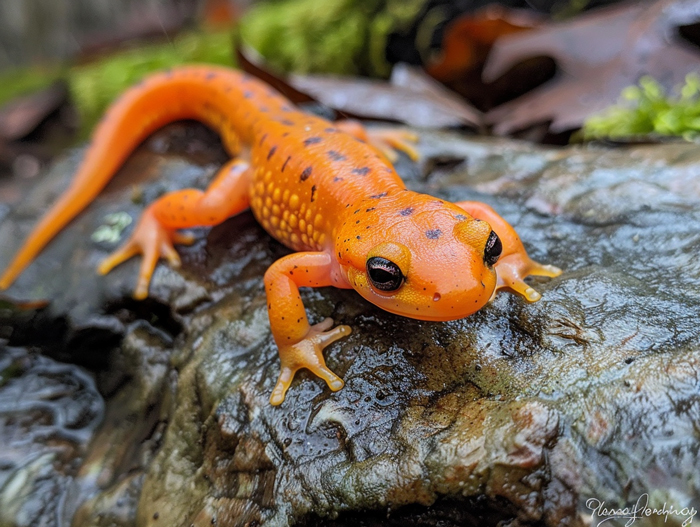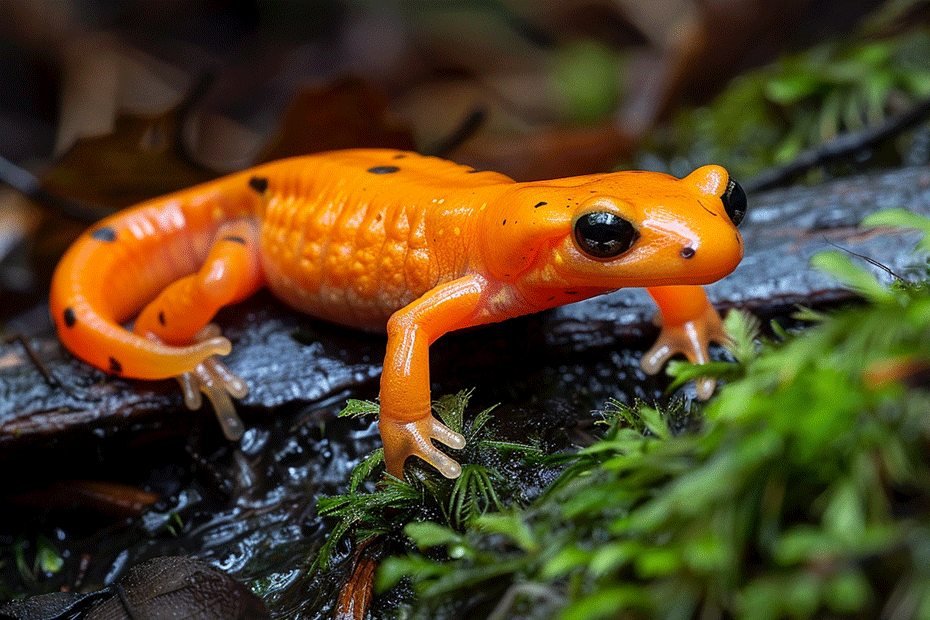Are orange salamanders poisonous? If you’ve ever come across one of these vibrant creatures in the wild, you might have wondered about the potential risks they pose. Understanding the toxicity levels of orange salamanders is crucial for your safety and the well-being of these fascinating amphibians.
In this text, we’ll investigate into the world of orange salamanders and explore whether their bright coloration serves as a warning sign for potential predators. By the end, you’ll have a clearer picture of whether these striking amphibians should be admired from a distance or handled with caution. Let’s uncover the truth about the toxicity of orange salamanders and gain valuable insights into these captivating creatures.
Key Takeaways
- Orange salamanders may produce toxins as a defense mechanism against predators, demonstrating aposematism through their bright coloration.
- The Eastern Newt, Red-spotted Newts, and Marbled Salamanders are common types of orange salamander species to look out for.
- Bright coloration in salamanders can serve as a warning sign for potential danger, indicating potential toxicity.
- Handling orange salamanders carries risks such as skin irritation, ingestion risk, and allergic reactions.
- To stay safe, avoid bare skin contact, wash hands thoroughly after handling, and seek expert guidance for proper identification and safe handling practices.
Are Orange Salamanders Poisonous

Understanding Orange Salamanders
- Orange salamanders are amphibians known for their vibrant coloration.
- They belong to the family Salamandridae and are commonly found in North America.
- These salamanders may produce toxins as a defense mechanism against predators.
- Aposematism is a phenomenon where bright colors warn potential threats of toxicity.
Types of Orange Salamanders

- The Eastern Newt (Notophthalmus viridescens) is a well-known orange salamander species.
- Red-spotted Newts are a sub-species of Eastern Newts that display orange coloration.
- Marbled Salamanders (Ambystoma opacum) are another type of orange-hued salamanders.
- Bright coloration in salamanders can indicate toxicity.
- Look out for distinct patterns that signal potential danger.
- Consider seeking expert guidance to accurately identify poisonous salamanders.
Remember, while their colors may be captivating, it’s essential to approach orange salamanders with caution.
Risks of Handling Orange Salamanders
Orange salamanders have aposematism – a defense mechanism that involves warning predators of their potential toxicity through bright colors. When it comes to handling them, there are important risks you should be aware of.

Potential Dangers
- Skin Irritation: Some orange salamanders can excrete toxins through their skin, leading to irritation if contact occurs.
- Ingestion Risk: Ingesting these salamanders or their secretions can be harmful, causing nausea or other adverse reactions.
- Allergic Reactions: Handling may trigger allergic reactions in sensitive individuals, so caution is advised.
- Avoid Bare Skin Contact: Wear gloves when handling orange salamanders to prevent exposure to toxins.
- Wash Hands Thoroughly: After any contact, wash your hands with soap and water to remove any potential toxins.
- Expert Assistance: If unsure about identification or risks, seek guidance from a local wildlife expert for safe handling practices.
Conclusion
Handling orange salamanders can pose risks due to their aposematism, which warns of potential toxicity through bright colors. Risks include skin irritation, ingestion dangers, and allergic reactions. To stay safe, wear gloves, wash your hands thoroughly, and consult local wildlife experts for proper handling techniques. Stay informed and take necessary precautions when encountering these amphibians.

Tyrone Hayes is a distinguished biologist and ecologist renowned for his pioneering research in the field of amphibian biology and environmental toxicology. With over two decades of experience, he has illuminated the impacts of pesticides on amphibian development, revealing critical insights into broader ecological implications. Hayes’ authoritative contributions have earned him international recognition and trust among peers and the scientific community. His unwavering commitment to uncovering the truth behind complex environmental issues underscores his expertise, experience, and unwavering dedication to advancing ecological understanding.
